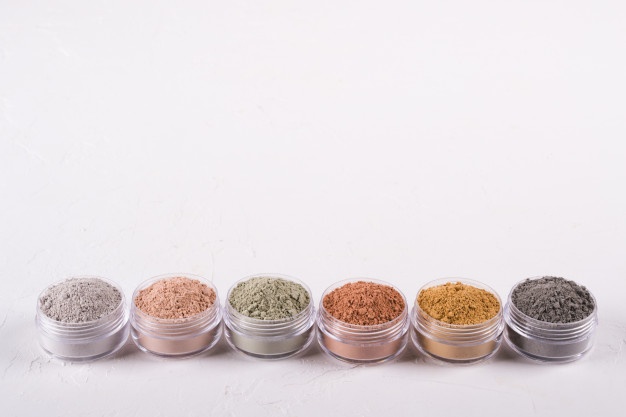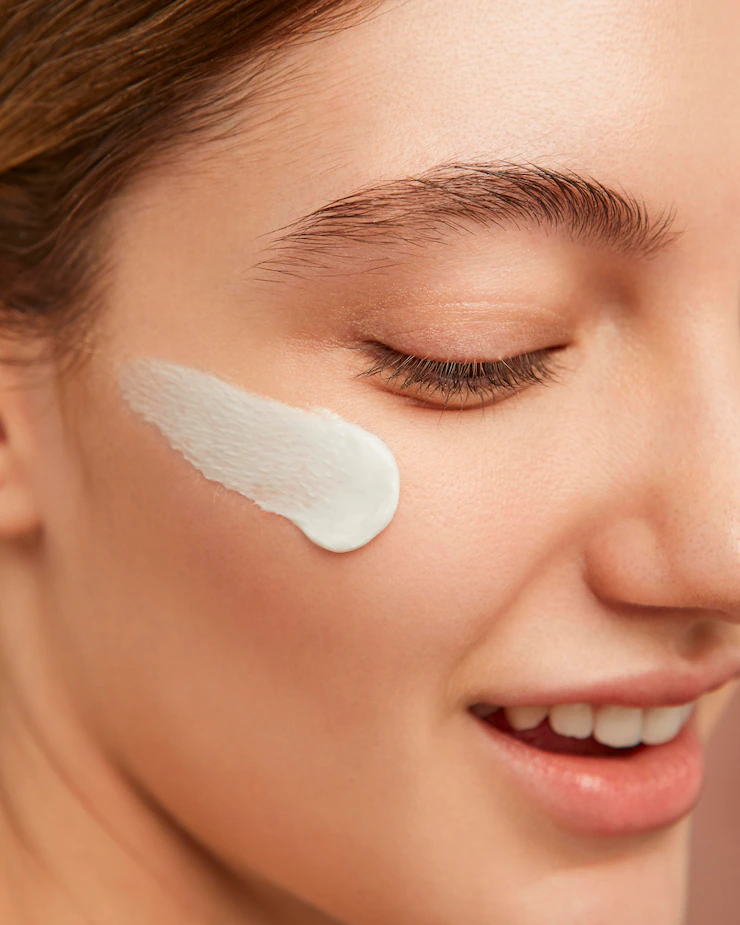- Home
- Ingredients
- Cosmetic Butter
Cosmetic Butter

What is a cosmetic butter?
A cosmetic butter is one of the many ingredients in a cosmetic that:
- creates a solid or semi-solid oil base
- provides moisture to the skin, lips and hair
- has anti-inflammatory properties
- has anti-aging properties
- helps calm irritated, itchy skin
- restores skin elasticity
- contains Vitamins A, D, E and F
Examples of cosmetic butters
There are so many butters that you can use to make cosmetic. Let's take a look:
- Shea butter
- Cocoa butter
- Mango butter
- Avocado butter
- Bacuri butter
- Cupuacu butter
- Murumuru butter
- Tucuma butter
- Ucuuba butter
Different butters also have different:
- smell
- color
- melting point
- fatty acid contents
- different saponification values
If you are a bar soap crafter, the saponification value and color is the most important to you!
If you are a skincare and makeup formulator like me, we tend to focus more on the rest of the properties.
How does fatty acid contents in butter affect me?
In a butter, there are many acids content such as:
- Oleic acid
- Linoleic acid
- Linolenic acid
- Lauric acid
- Myristic acid
- Alpha-linolenic acid
- Gamma-linolenic acid
- Stearic acid
But as a cosmetic formulator, I usually focus on 2 of them:
Oleic acid and Linoleic acid
Fatty Acid Guide
- Oily skin do best with oils/butters high in Linoleic acid.
- Dry skin do best with oils/butters high in Oleic acid.
- Normal skin do best with oils/butters with a balanced Oleic and Linoleic acid.
- Sun-sensitive skin do best with oils/butters high in Alpha-Linolenic acid.
Are butters safe for acne-prone and oily skin?
My answer is, yes it is!
All types of skin can use cosmetic butter in different ways. You can use butters directly on your skin like a balm or make it into cleanser, emulsion or serum!
Anyway, people with acne-prone and oily skin must moisturize their skin on a daily basis. Oil cleansers and oil serums are also good for acne-prone and oily skin.
You just need to know which one to choose and how to make it non-greasy!
Which butter do I use to make cosmetics?
Only you can answer this question! But not to worry, I will help you narrow down your choices of butter.
You can use these questions to start off your thinking process:
- What are you making - skincare or makeup?
- Who is your target customer - people with oily skin or dry skin?
- Are you going to add color, fragrance and actives?
- Is your end product washable or leave-on?
- Do your customers prefer oil-base or water-base?
- Do your customers have eczema, acne or psoriasis?
Next, you will need to look into its Comedogenic Rating.
This is a scale from 0 to 5 and it shows how much the cosmetic butter can clog your pores.
Comedogenic list of cosmetic butter
0 being non-comedogenic (non-clog)
5 being the most comedogenic (most clog)
Comedogenic list of cosmetic butter:
- Shea butter: 0-2
- Cocoa butter: 4
- Mango butter: 2
- Avocado butter: 3
- Bacuri butter: 4
- Cupuacu butter: 4
- Murumuru butter: 2-3
- Tucuma butter: 2-3
- Ucuuba butter: 4
Now you know why you always see Shea butter in cosmetics? It is considered the most non-clogging butter and suitable for all skin types.
If you are formulating for a severely dry skin, you can use Cocoa butter, Bacuri butter, Cupuacu butter and Ucuuba butter.
Add your favorite essential oils for a more therapeutic experience!
Tips and tricks when using butter

Don't like the oily feeling when applying butter? Here's what you can do!
- Add some cosmetic clay or cosmetic-grade rice starch
- Make a lotion or emulsion instead because the emulsifier will bond the oils and water together, making it less greasy
Where to buy cosmetic butter?
❤️ Share with your friends! ❤️

